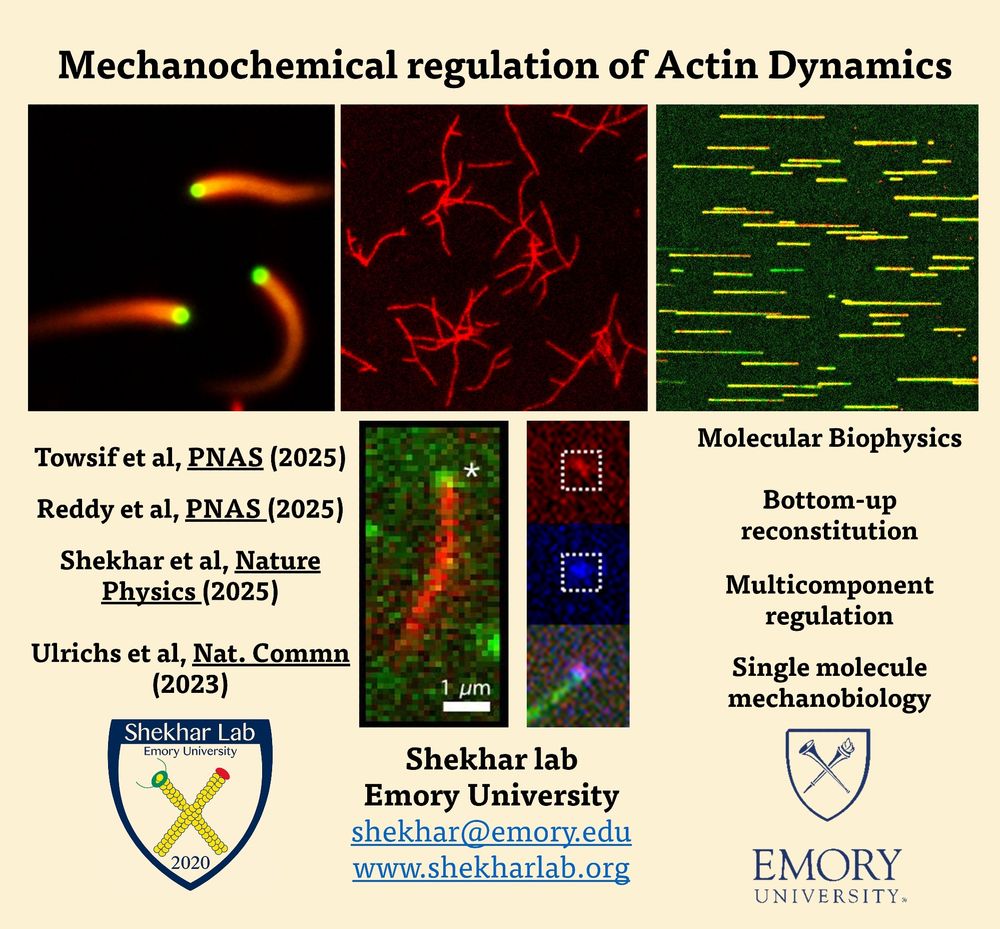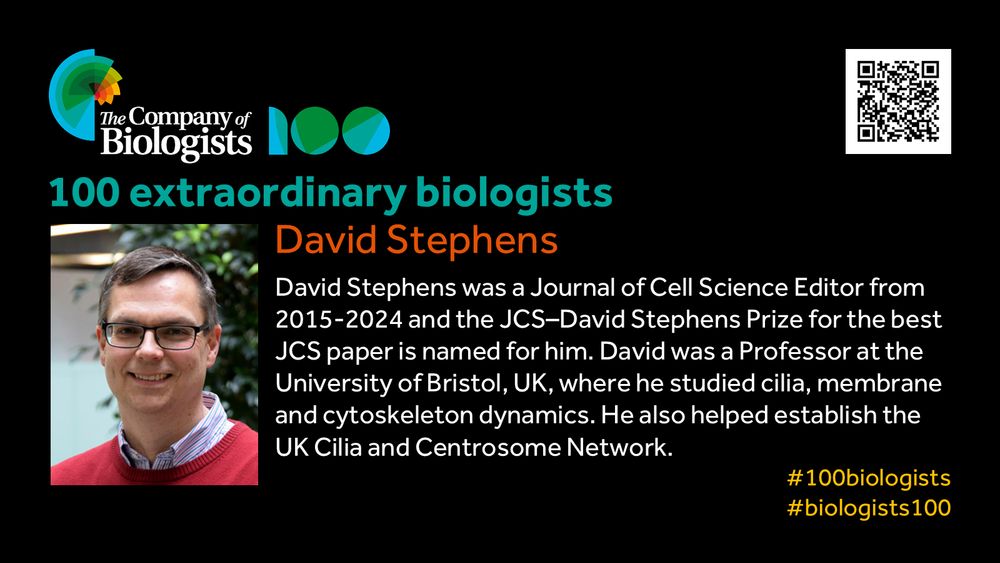
SoRA (superresolution after optical reassignment) microscopy video of a primary human macrophage transfected with Lifeact-GFP to visualize actin-rich podosomes.
Star-like appearance is due to connecting cables linking individual podosomes into a cell-wide superstructure ✨
SoRA (superresolution after optical reassignment) microscopy video of a primary human macrophage transfected with Lifeact-GFP to visualize actin-rich podosomes.
Star-like appearance is due to connecting cables linking individual podosomes into a cell-wide superstructure ✨

Read the full story here: www.science.org/doi/10.1126/...

Read the full story here: www.science.org/doi/10.1126/...
Our new study in @ScienceAdvances @science.org explores how these functions are regulated.
Our new study in @ScienceAdvances @science.org explores how these functions are regulated.
#sex_differences #astrocytes #depression
Funding: @fwf-at.bsky.social
In collaboration with @dibenedetto-lab.bsky.social
www.tugraz.at/en/news/arti...

#sex_differences #astrocytes #depression
Funding: @fwf-at.bsky.social
In collaboration with @dibenedetto-lab.bsky.social

bit.ly/Dynamic-Cell-VI

bit.ly/Dynamic-Cell-VI
Phase contrast imaging started at DIV1. One frame per 20 min.
Phase contrast imaging started at DIV1. One frame per 20 min.
Her research focuses on the Tau protein in neurodegenerative diseases - a strong boost for brain research in Berlin!
👉 www.dzne.de/en/news/pres...

Her research focuses on the Tau protein in neurodegenerative diseases - a strong boost for brain research in Berlin!
👉 www.dzne.de/en/news/pres...
CSU-W1 SoRa Spinning disk #microscopy performed at the AMBIO facility (Charité).
CSU-W1 SoRa Spinning disk #microscopy performed at the AMBIO facility (Charité).
Fun times thinking/developing/testing with @centriolelab.bsky.social & @lreymond.bsky.social !
Congrats to all !
If interested in #UExM, or #HAK-Actin, feel free to reach out !
Soon available at @spirochrome.com
#Expansion #Microscopy #ProtistsOnSky
Soon at @spirochrome.com
Led by O.Mercey and @lreymond.bsky.social, in collab with @dudinlab.bsky.social and @marinelap.bsky.social

Fun times thinking/developing/testing with @centriolelab.bsky.social & @lreymond.bsky.social !
Congrats to all !
If interested in #UExM, or #HAK-Actin, feel free to reach out !
Soon available at @spirochrome.com
#Expansion #Microscopy #ProtistsOnSky


journals.biologists.com/jcs/article/...
Article: journals.biologists.com/jcs/article/...
journals.biologists.com/jcs/article/...
Article: journals.biologists.com/jcs/article/...


Don’t miss your chance to join us in Tübingen on 18–19 Sept. Secure your spot today!
👉 bit.ly/3IOlJtJ

Don’t miss your chance to join us in Tübingen on 18–19 Sept. Secure your spot today!
👉 bit.ly/3IOlJtJ
RAs: great for recent bachelor's/master's in Physics/Bio/Chem/Biochem. Email CV and interests to shekhar@emory.edu.
More info: www.shekharlab.org

RAs: great for recent bachelor's/master's in Physics/Bio/Chem/Biochem. Email CV and interests to shekhar@emory.edu.
More info: www.shekharlab.org

Looking forward to hearing the talks by Rowy Avishek,
@lewisholt.bsky.social and
@astrocytenet.bsky.social !😍😎
Register for our free mailing list or email us to get the link ;)


An atypical Arp2/3 complex is required for Plasmodium DNA segregation and malaria transmission
By Franziska Hentzschel, Matthias Marti, Freddy Frischknecht & colleagues!
@freddyfrischknecht.bsky.social
www.nature.com/articles/s41...

An atypical Arp2/3 complex is required for Plasmodium DNA segregation and malaria transmission
By Franziska Hentzschel, Matthias Marti, Freddy Frischknecht & colleagues!
@freddyfrischknecht.bsky.social
www.nature.com/articles/s41...
Learn about single channels, single molecule TIRF, theory and analysis. Apply by 7th July at bsmbc@icloud.com. Fee waivers and bursaries available.
! Please share widely !

Learn about single channels, single molecule TIRF, theory and analysis. Apply by 7th July at bsmbc@icloud.com. Fee waivers and bursaries available.
! Please share widely !


